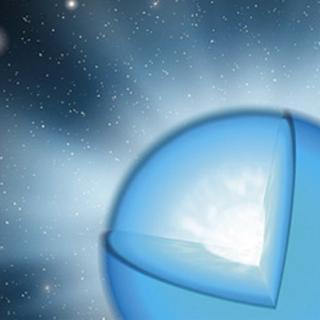Bibcode
Putkuri, C.; Gamen, R.; Morrell, N. I.; Maíz Apellániz, J.; Arias, J. I.; Simón-Díaz, S.; Ferrero, G. A.; Rodríguez, C. N.; Sota, A.; Benvenuto, O. G.; Barbá, R. H.
Bibliographical reference
Monthly Notices of the Royal Astronomical Society
Advertised on:
11
2023
Citations
5
Refereed citations
4
Description
We present the first spectroscopic orbit of the O-type double-lined star HD 168112 A,B. We analyse 101 high-resolution optical spectra identifying the absorption lines of both components. The orbital solution presents a relatively long period, P = 513.52 ± 0.01 d, and a high eccentricity, e = 0.743 ± 0.005. The binary system consists of two very similar stars of minimum masses of ~25 M⊙, effective temperatures of ~40 000 K, and surface gravities of ~3.7 dex. The system has a minimum semimajor axis a sin i ~ 1000 R⊙. We confirm that the A and B visual components identified via interferometry do correspond to the spectroscopic ones. We also analyse the underlying stellar groups using Gaia DR3 data and ground-based spectroscopy as part of the Villafranca project, determining that NGC 6604 is at a distance of $1942^{+38}_{-36}$ pc and giving spectral classifications for 23 massive stellar systems in Villafranca O-035 and the surrounding Ser OB2 association, for which we provide the most complete census of massive stars to date.
Related projects

Physical properties and evolution of Massive Stars
This project aims at the searching, observation and analysis of massive stars in nearby galaxies to provide a solid empirical ground to understand their physical properties as a function of those key parameters that gobern their evolution (i.e. mass, spin, metallicity, mass loss, and binary interaction). Massive stars are central objects to
Sergio
Simón Díaz